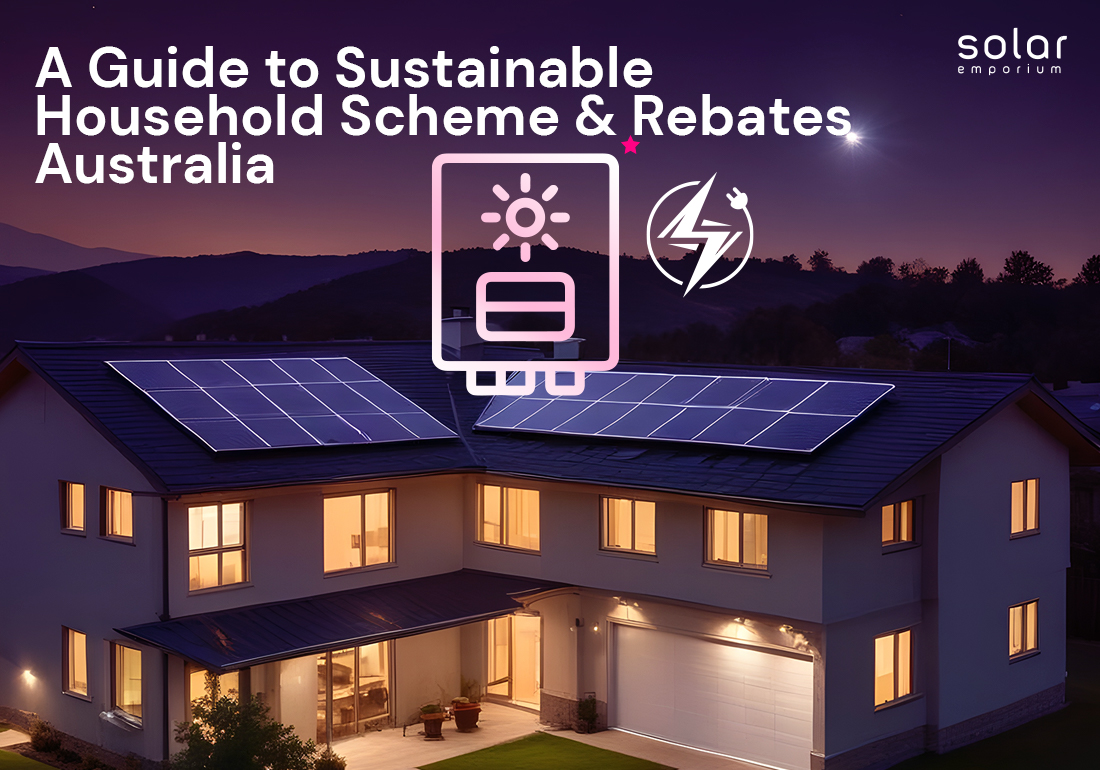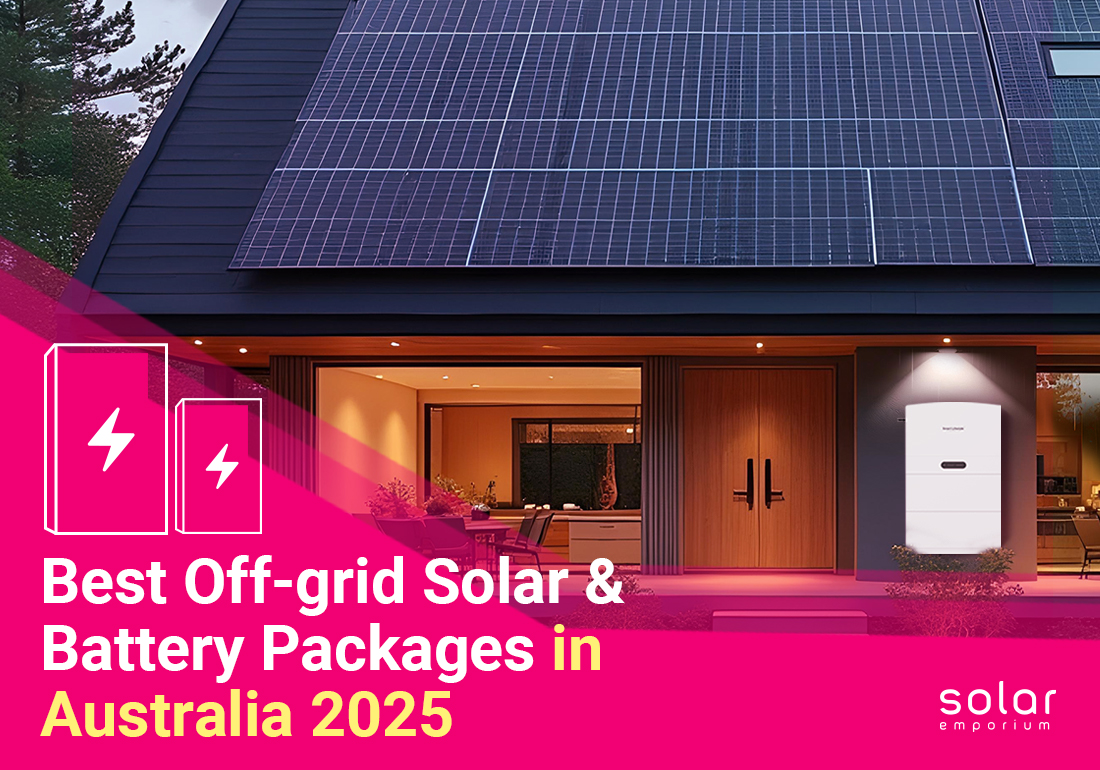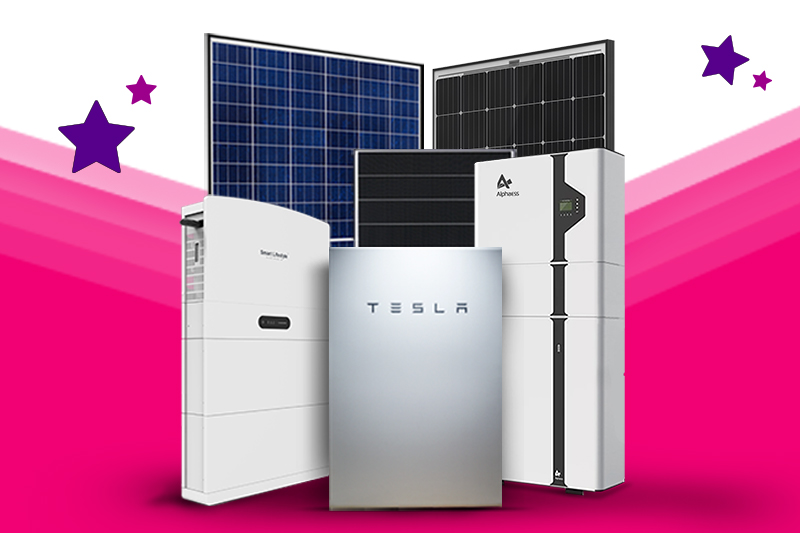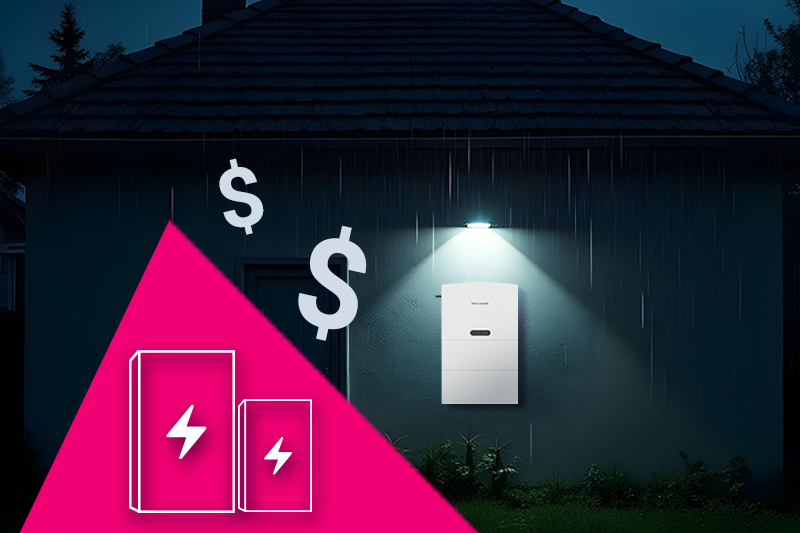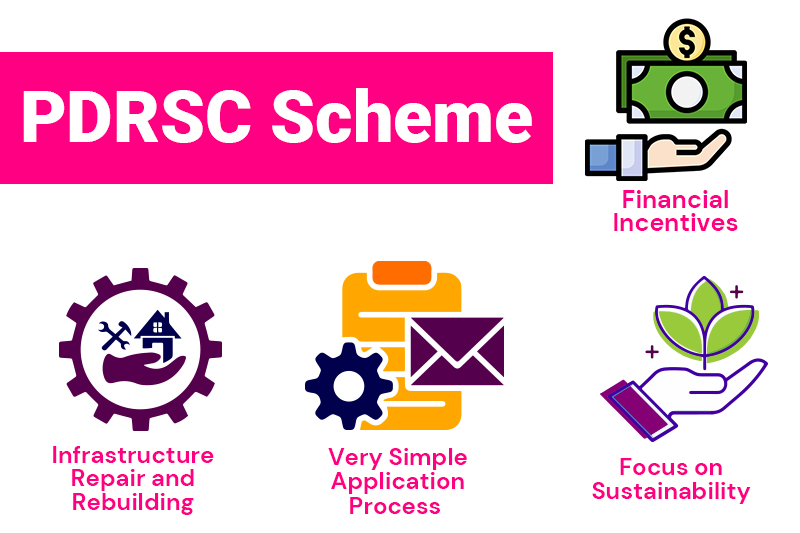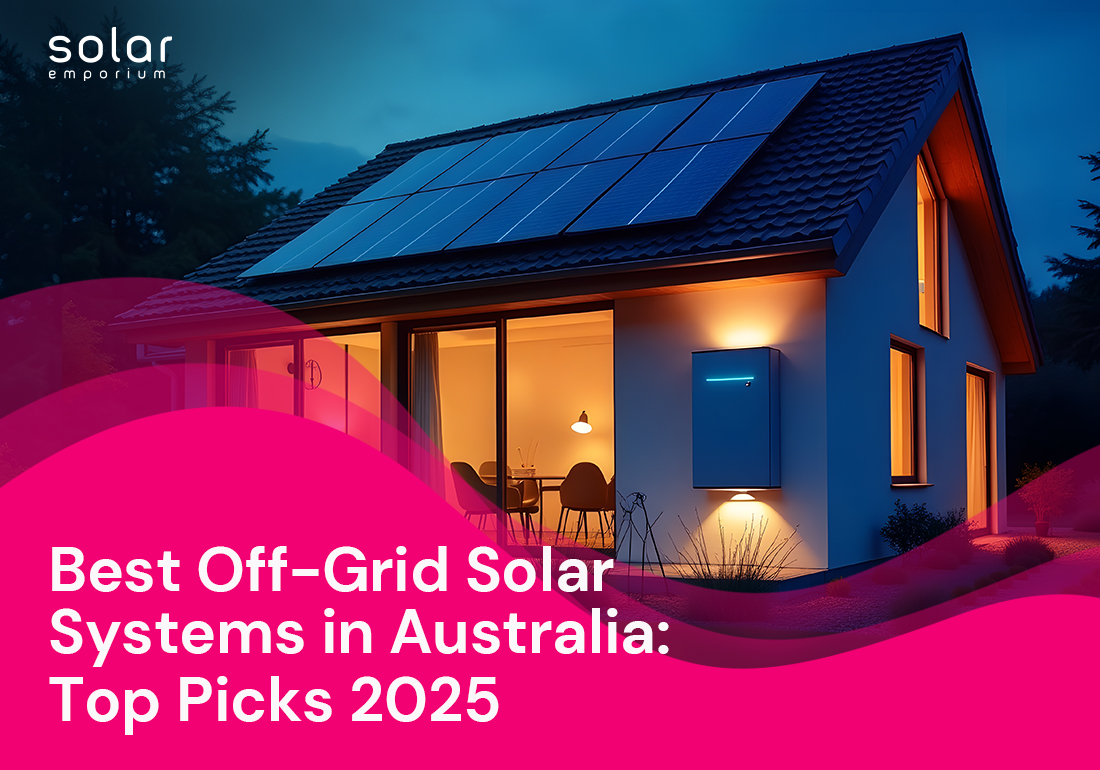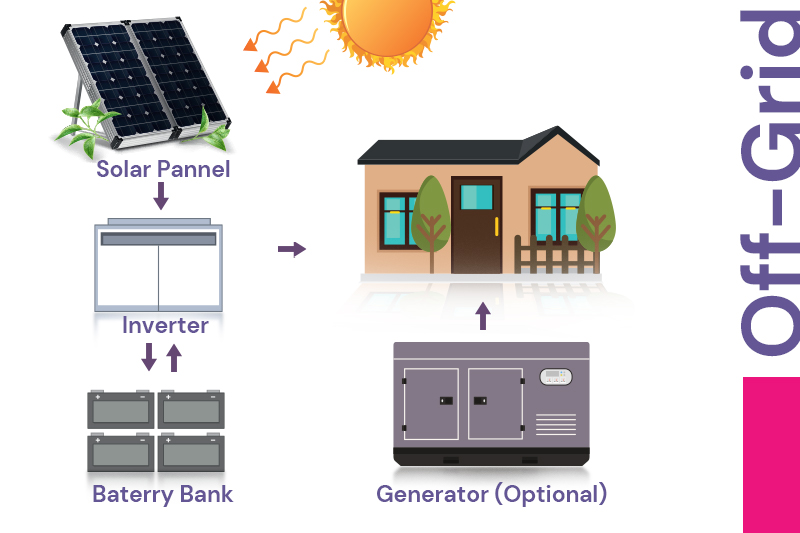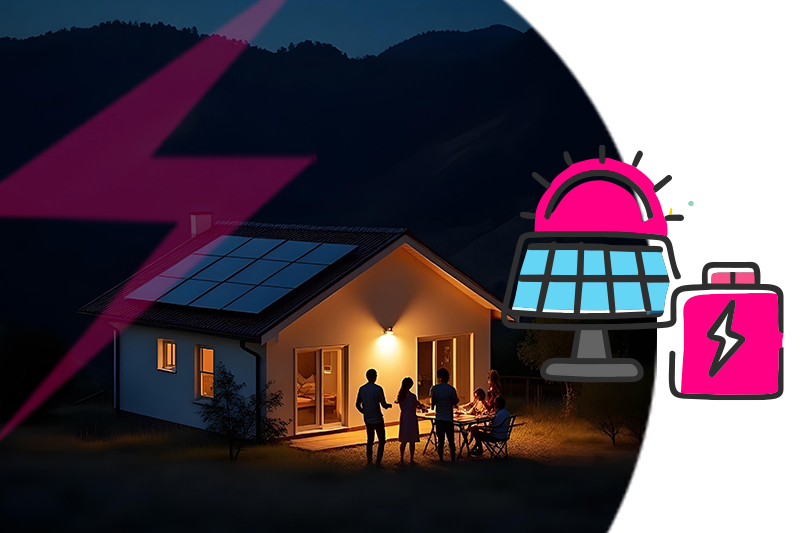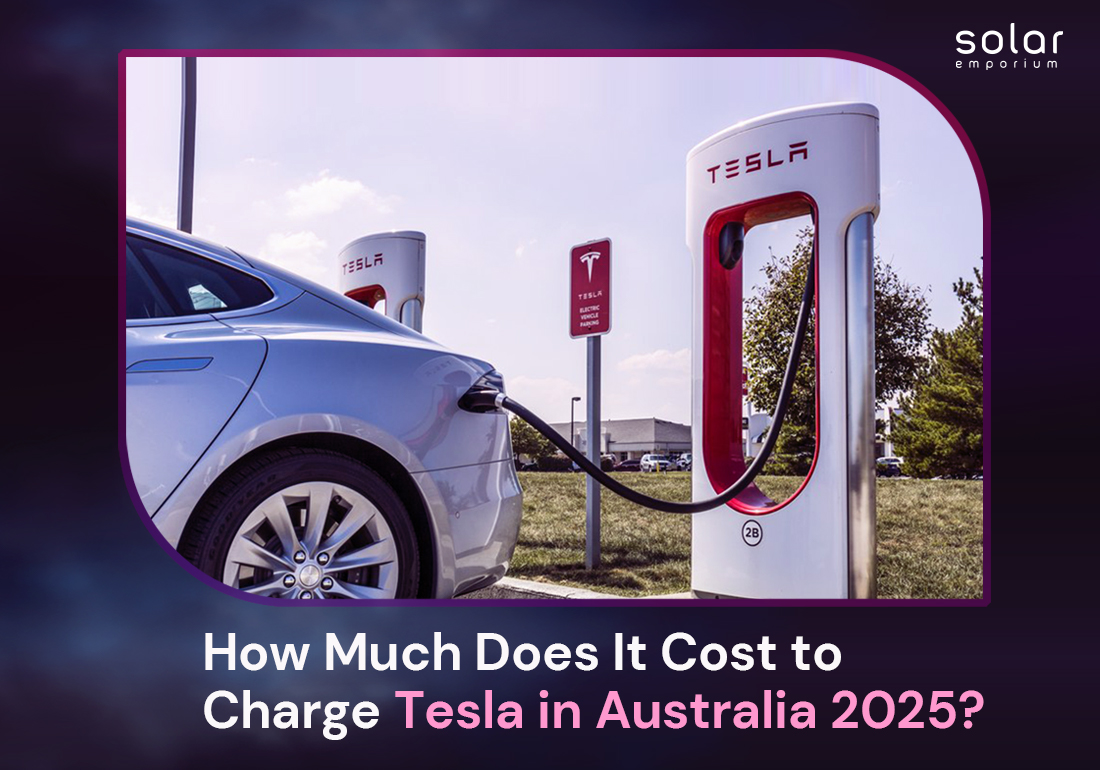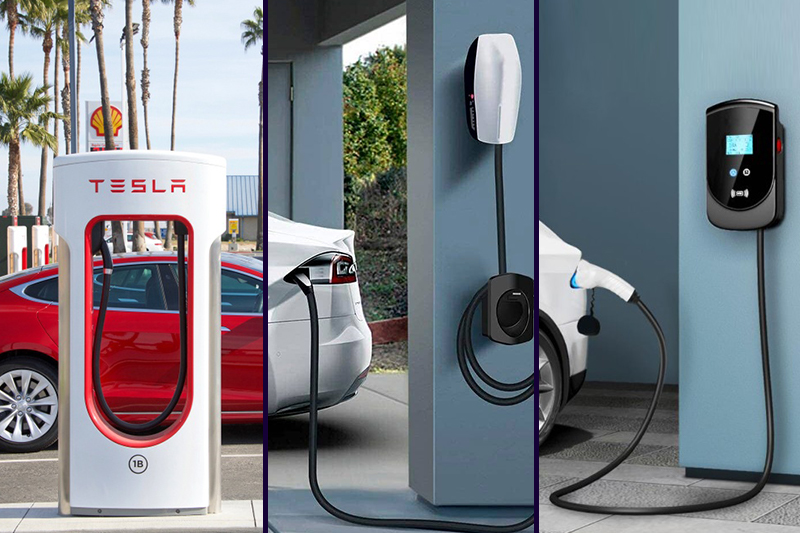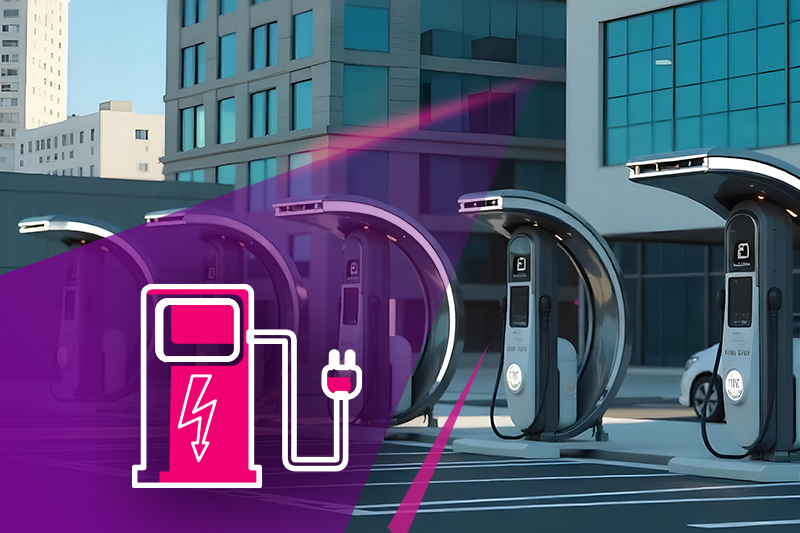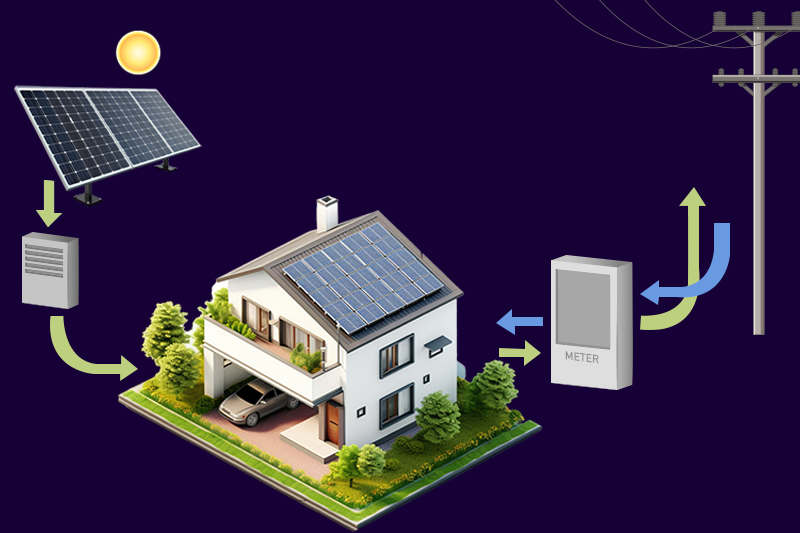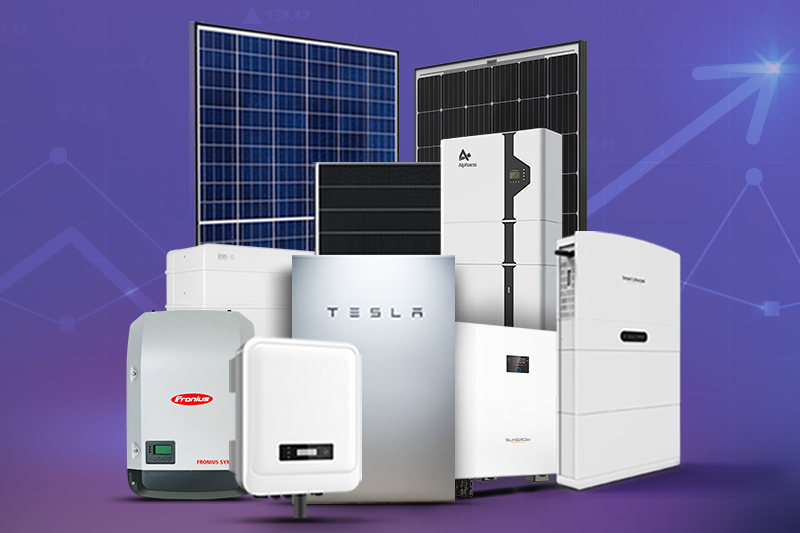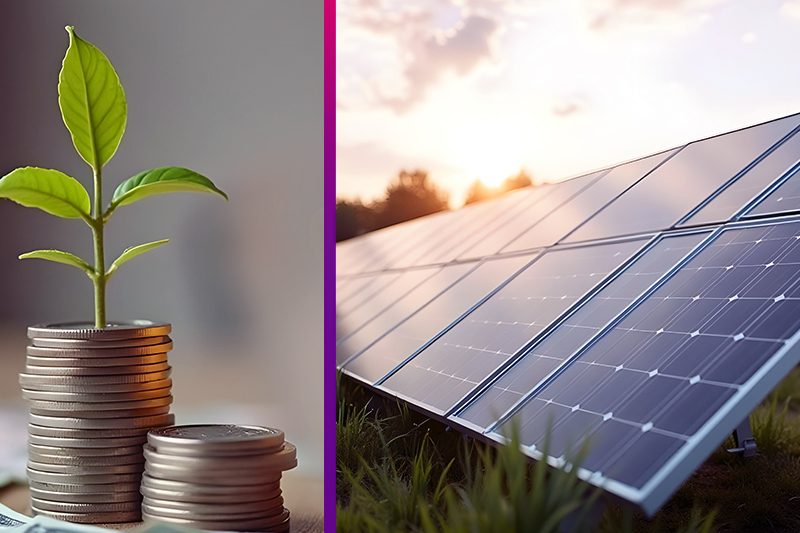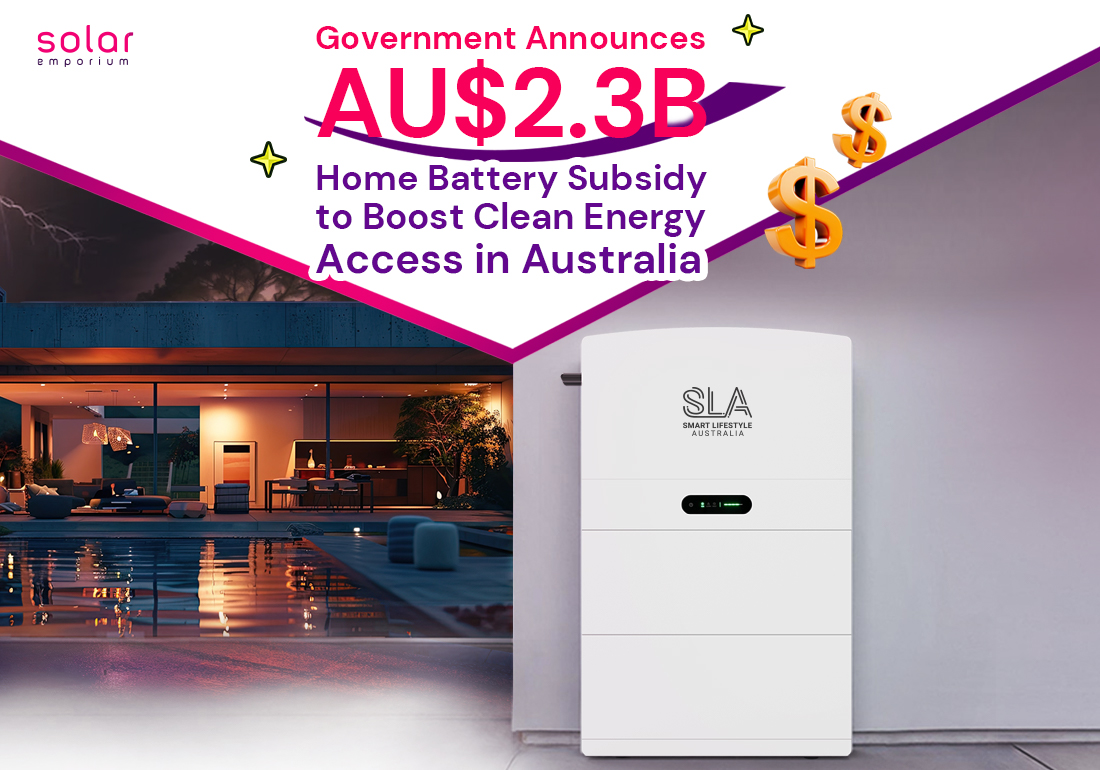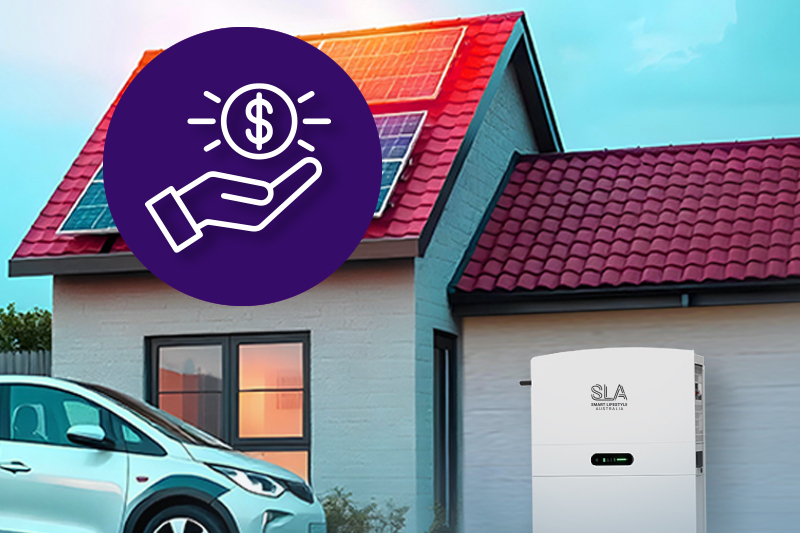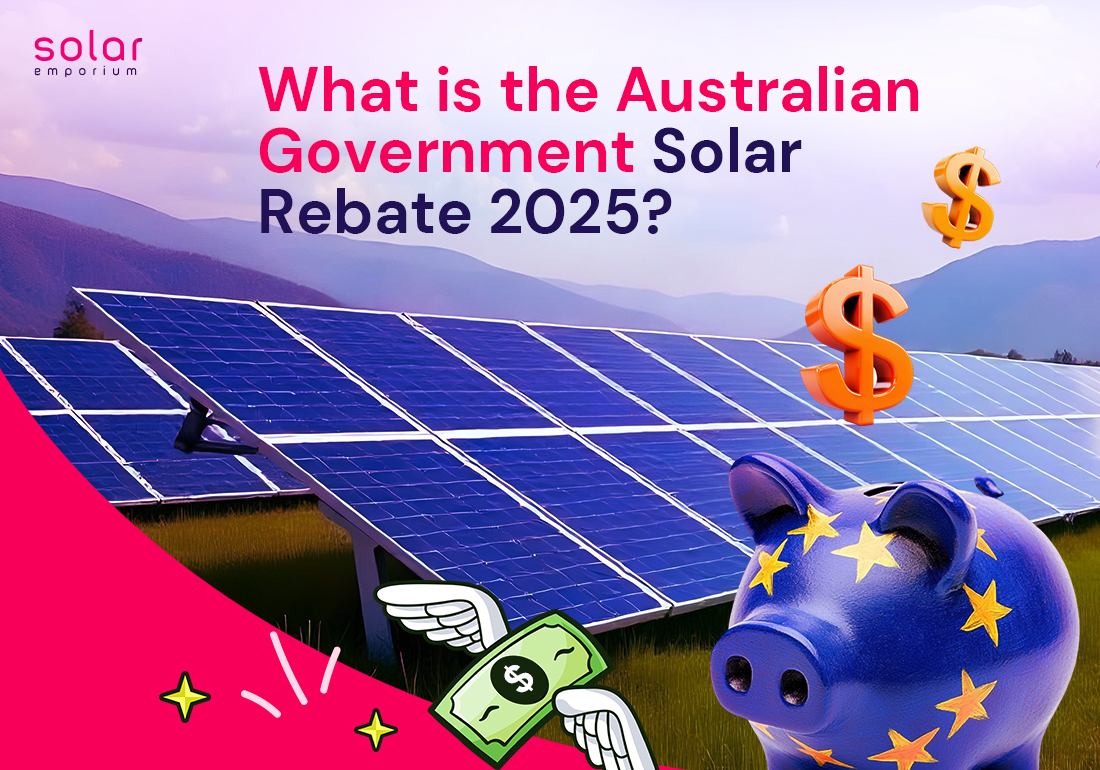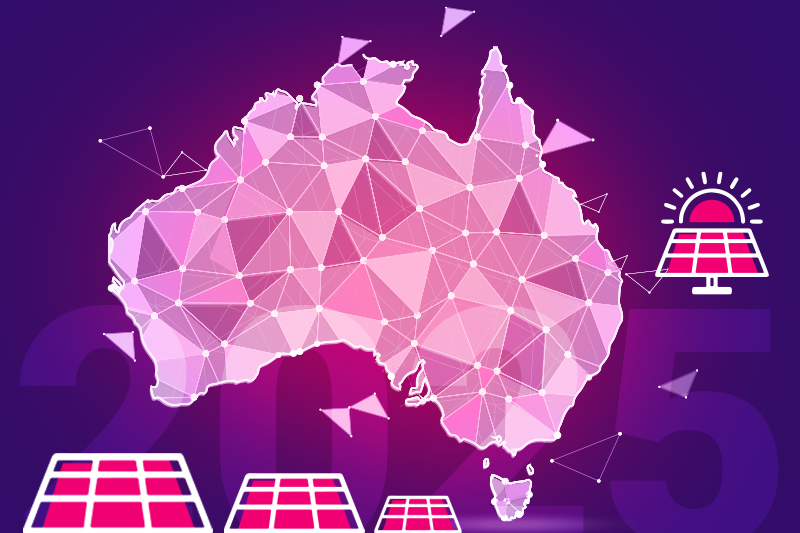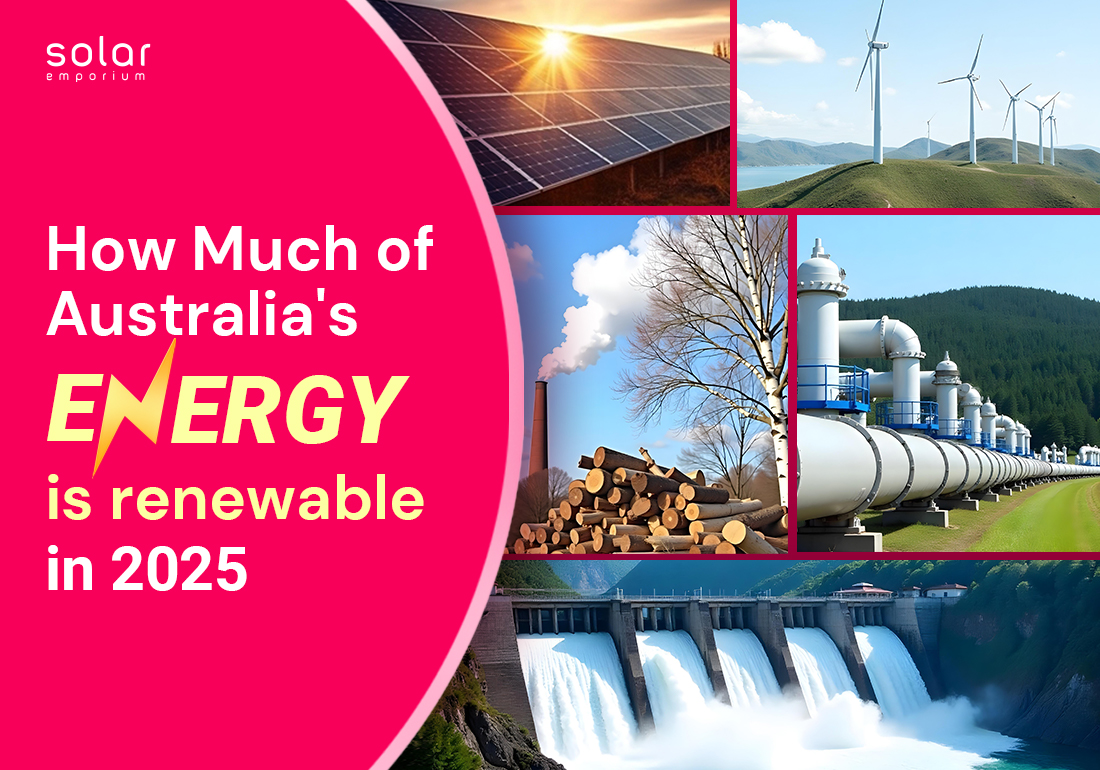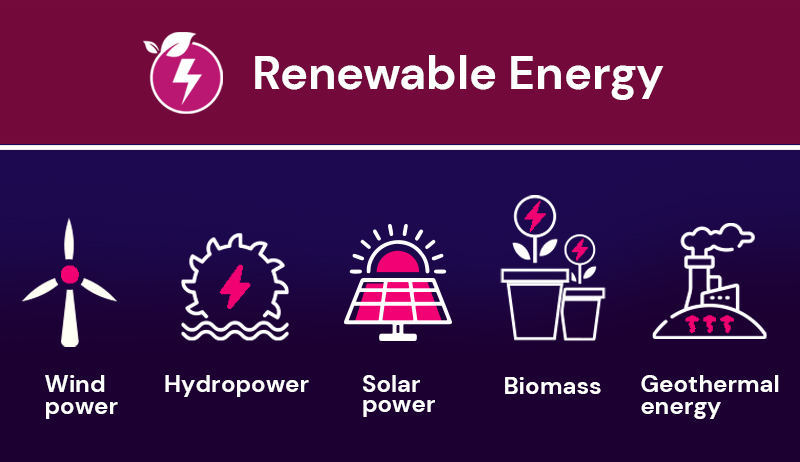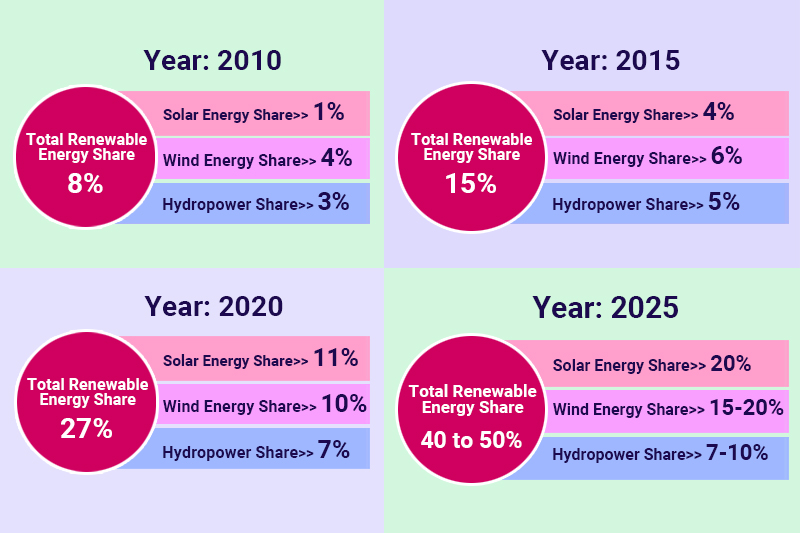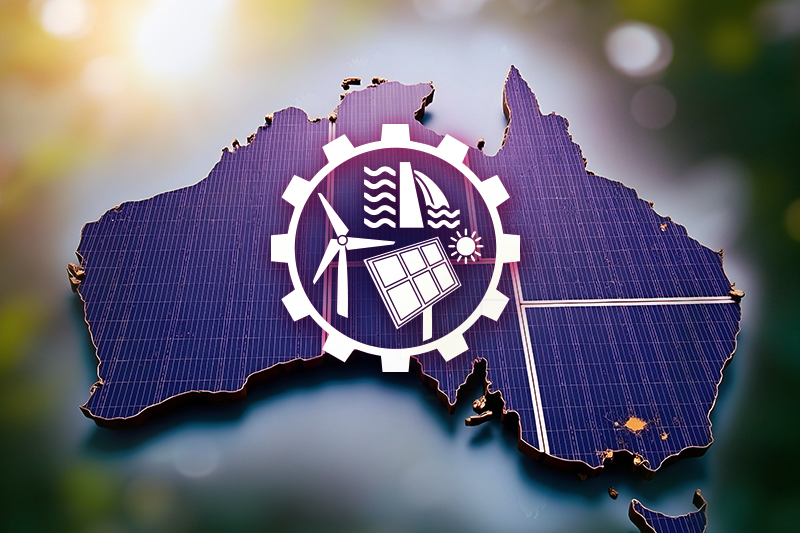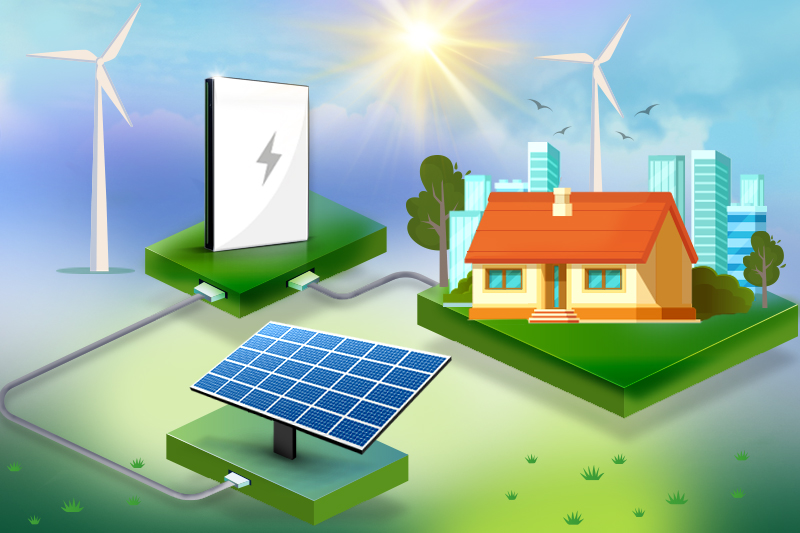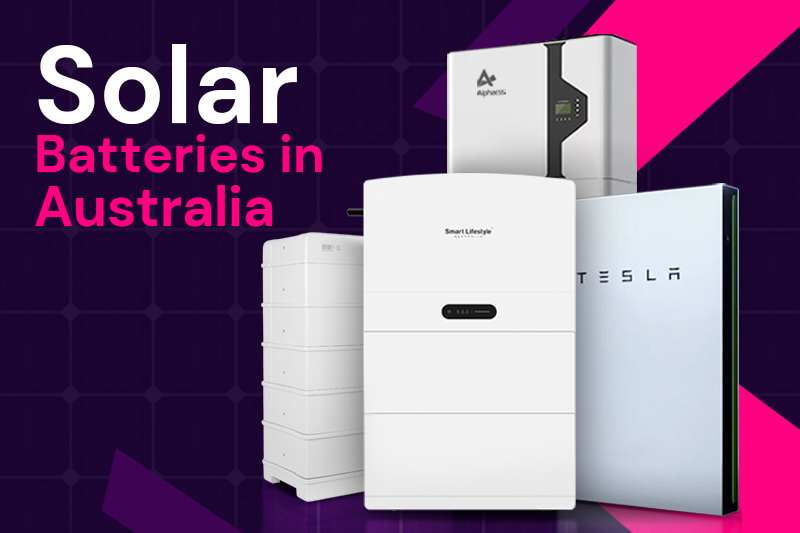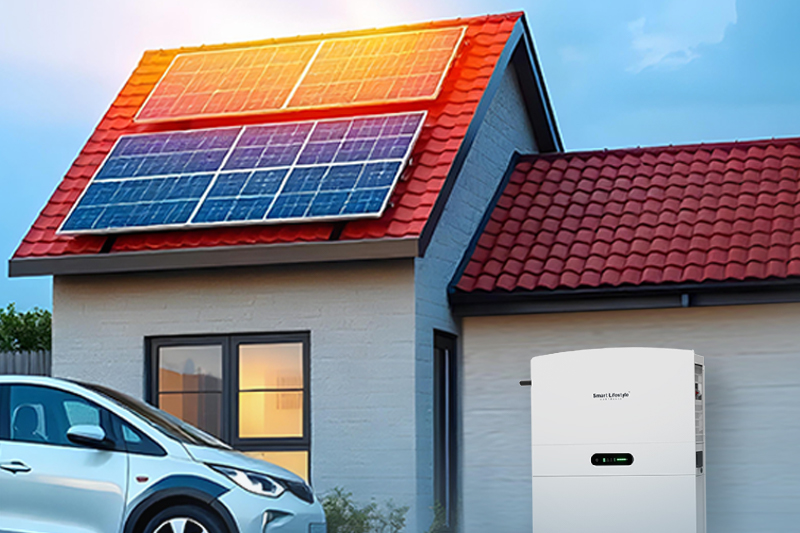Tired of watching your energy bills creep higher? Longing for a home that’s powered by clean, affordable energy sources without emptying your wallet?
Well, you’ve come to the right place!
Australia is already brimming with initiatives that are designed to help you embrace sustainable living. The government offers numerous schemes and rebates that can transform your household into an eco-heaven.
One such initiative is the Sustainable Household Scheme (SHS), which provides residents with financial support and zero-interest loans while enhancing their homes’ overall energy efficiency.
So, let’s dive in and explore the guide to see what other benefits are offered and how you can participate in the Sustainable Household Scheme & Rebates in Australia.
In this blog post:
- What Is the Sustainable Household Scheme?
- Does the Sustainable Household Scheme Save You Money?
- Beyond the Dollars: Some Other Benefits of Sustainable Homes!
- Maximize Savings: Combine the Sustainable Household Scheme with Other State Rebates
- Make Your Home Smarter and Greener – Here's How to Apply for Financial Aid!
- Start your Sustainable Home Journey with Solar Emporium!
What Is the Sustainable Household Scheme?
In 2021, the Australian Capital Territory (ACT) government launched a new scheme that provides interest-free loans. Eligible residents can get $2,000 to $15,000 for investing in home upgrades.
They are helping residents upgrade their homes with new solar panels, batteries, electric vehicles, or EV chargers without paying a higher upfront cost.
Through this initiative, the government is also aiming to reach Australia’s renewable energy target of net-zero emissions by 2050.
However, the main goal is to reduce our carbon footprint while lowering energy costs and supporting the 100% renewable energy transition in Australia.
So, here are some energy-efficient home upgrades that are offered under this scheme with zero-interest loans:
- Electric vehicles and charging infrastructure
- Reverse cycle heating and cooling systems
- Efficient electric cooker
- Ceiling insulation
Does the Sustainable Household Scheme Save You Money?
Yes, it does! Since its beginning, the Household Scheme has approved over $225 million in loans. The government has funded more than 19,000 sustainable upgrades across Canberra, the capital of Australia.
All in all, these upgrades have collectively saved residents over $46.9 million in energy bills.
For instance, data shows that households in an Australian suburb called Tuggeranong have saved approximately $12.3 million on energy costs, reaping all the benefits of these rebates.
Let’s have a broader picture of how SHS offers significant financial advantages to participating households in the next part!
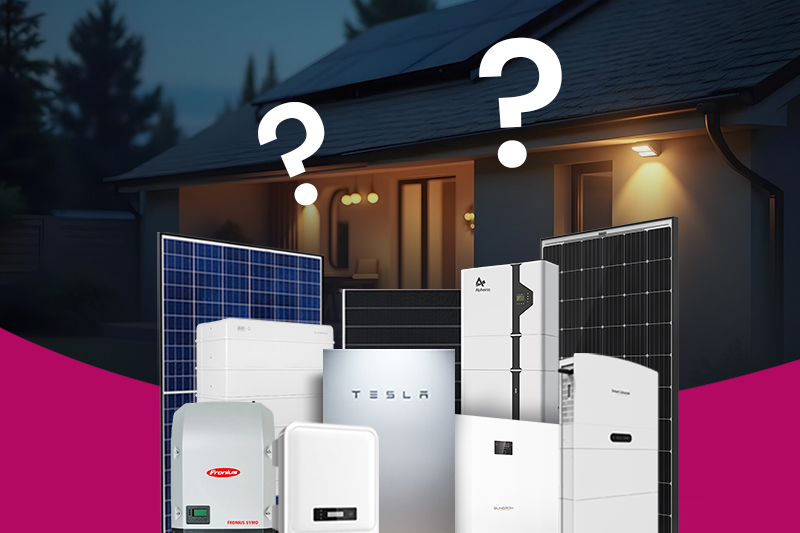
Financial Benefits of the Scheme| Way to Smart Savings!
From solar panels to electric vehicles, home incentives and rebates are transforming homes and slashing energy bills. This includes:
- Zero-Interest Loans
Eligible residents can get loans of $2,000 to $15,000 to cover the cost of installation or energy-efficient upgrades.
- Rebates for Eligible Concession Card Holders
Pensioner Concession Card or Health Care Card holders may be eligible for rebates of up to $5,000 through the Home Energy Support Program.
This can be combined with the zero-interest loans, providing up to $15,000 per household in total support.
- No Upfront Costs
The scheme removes the barrier of high upfront costs, making it easier for low-income households to invest in energy-efficient upgrades.
- Long-Term Savings
Homeowners who have participated in this program have reported significant reductions in their energy bills, leading to long-term financial savings.
For instance, we previously mentioned that the scheme has generated over $46.9 million in savings for Canberrans. The same goes for the other states.
When Does Loan Repayment Begin in this Scheme?
Generally, your loan repayments will start once you are done with installation and your new sustainable upgrades start operating.
Whether that’s solar panels soaking up the sun, a battery system storing your clean energy, or your sleek electric vehicle rolling into the driveway, you’ll begin your repayment journey right from that moment.
But what is the exact loan payback time?
Well, the scheme is designed to make sustainability affordable and stress-free. Therefore, you’ll get 0% interest over a maximum 10-year period to repay the loan.
Beyond the Dollars: Some Other Benefits of Sustainable Homes!
While the financial incentives are undoubtedly attractive, the benefits of creating a sustainable household extend far beyond your bank balance:
Reduced Environmental Impact
By potentially generating your own clean energy and using energy and water efficiently, you can significantly cut your carbon footprint and contribute more to building a healthier planet.
Increased Home Value
Sustainable upgrades like solar panels, efficient appliances, or solar windows can actually increase both the value and aesthetics of your property.
Overall, it could be a smart long-term investment for Australians.
Enhanced Comfort and Health
Living in an energy-efficient home is satisfying as they are better insulated and ensures consistent temperatures.
They can improve comfort and potentially reduce respiratory issues like emphysema and chronic bronchitis.
Greater Energy Independence
Generating solar energy and storing it in batteries means you don’t have to rely on the grid to keep your homes powered anymore.
This offers greater energy freedom and eliminates the use of fossil fuels while contributing more to a sustainable future.
Maximize Savings: Combine the Sustainable Household Scheme with Other State Rebates
Australia’s approach to sustainability is similarly diverse to its landscapes. Each state and territory have its own unique set of programs.
One scheme isn’t enough? Looking for other available state rebates?
Don’t worry! Here’s how to layer incentives for bigger returns. You just need to explore and find the options that best fit you.

- The Empowering Homes Program: This empowering homes initiative aims to accelerate the use of solar battery systems by offering interest-free loans for eligible Australian households. This program not only slashes your electricity bills but also enhances grid stability.
- Appliance Energy Rating Labelling: While not a direct rebate, understanding and utilizing the energy rating labels on appliances is crucial. Choosing energy-efficient models with more Energy Star ratings can lead to long-term savings and reduce your household’s energy consumption rate.
- Council-Level Initiatives: Many local councils across NSW offer their own sustainability programs, ranging from rainwater tank rebates to campaigns, workshops, and even energy audits with discounts. So, check your local council’s website for the support available right in your backyard!
- Solar Homes Program: This popular initiative in Victoria provides rebates for eligible households installing solar panel systems. The program often includes options for battery storage as well, maximizing self-consumption.
- Victorian Energy Upgrades (VEU) Program: The VEU scheme encourages accredited providers to offer discounted or free energy efficiency products and services to Victorian households. Just think about the energy-efficient lightbulbs, showerheads, and even hot water system upgrades. Isn’t it a win-win? Surely, it is as it reduces your energy use while supporting local businesses.
- Solar Battery Rebate Scheme: The government of Western Australia recognizes the vast potential of solar energy and offers rebates for households investing in solar battery systems, encouraging greater energy independence.
- Energy Efficiency Loan Scheme: This small-scale renewable energy scheme provides low-interest loans for eligible households to invest in a range of energy efficiency upgrades, making sustainable choices more accessible.
- Home Battery Scheme: The program ensures significant subsidies for Australian households installing battery storage. It aims to create a virtual power plant VPP and enhance grid stability. However, did you know the Australian government pledges to introduce an AU$ 2.3 billion home battery subsidies if re-elected? This national battery booster program is a part of the government’s plan to tackle climate change and build a sustainable future for Australians.
- Smart Energy Grants Scheme: In the Northern Territory, this scheme provides grants for households and businesses to invest in energy efficiency measures and renewable energy systems.
Make Your Home Smarter and Greener – Here's How to Apply for Financial Aid!
Living in a home that knows what you need before you do is a blessing. For example, your lights dim when the sun sets, smart thermostats learn your perfect temperature, and energy-efficient systems work synchronously, saving both money and the planet.
Definitely, that sounds fascinating. Isn’t it?
So, if you want to make your home smarter, greener, and brilliantly efficient with the help of a sustainable household scheme, here’s the guideline on how to apply for SHS:
- Look for the official website and explore the government’s ACT Sustainable Household Scheme loan application page.
- Check your eligibility criteria, which include the following:
- The property must be located inside the Australian Capital Territory, ACT.
- Must be a resident of the ACT to be eligible for this particular scheme.
- Should be at least 18 years old.
- No debts to the government.
- The property value must be $450,000 or less for panel installations.
- Gather all the necessary documents and proof of ownership, such as papers of homeownership, rental details, energy bills, or a driving license.
- Apply for the loan and submit authentic supporting documents based on quotes from utility companies for faster processing.
- Ensure that you hire a qualified and CEC-accredited professional. This is often a requirement for eligibility and ensures the work meets safety and quality standards.
- Pay attention to every single detail. Read the scheme’s terms and conditions carefully, including any deadlines, payment structures, and ongoing obligations.
- Choose the products or systems. You can also get free quotes from Solar Emporium’s accredited installers.
- When choosing sustainable upgrades, consider your long-term energy needs and options like battery storage or electric vehicle charging for the future.
- Once approved, carry on with the installation of the energy-efficient upgrades.
- You can repay the loan for up to 10 years, with no interest charges.
So, don’t miss out on green savings! Apply before it’s too late!
Start your Sustainable Home Journey with Solar Emporium!

If you live in Australia, the government’s sustainable household schemes and rebates offer a golden opportunity to transform your home into an eco-friendly and cost-effective place.
However, the unfortunate fact is that many homeowners remain in the dark about these rebates and incentive programs and miss out on this golden opportunity.
Therefore, don’t let this possibility slip through your fingers; grab it while encouraging and educating your surrounding people and local community more about sustainability practices to shape a better world.
Before wrapping up, let’s share some tips on how to stay informed about these constantly evolving sustainable household schemes.
- Regularly check government websites as they are the primary source for the latest program updates and new initiatives.
- Many organizations and government bodies offer newsletters that provide updates on sustainability programs and related news, so subscribe to newsletters.
- Connect with local sustainability groups to have up-to-date information on local initiatives that can provide valuable support.
Moreover, if you want to know anything specific about solar products, packages, or upcoming rebates, you can contact our expert team at Solar Emporium.
Here, we offer the most cost-efficient, reliable solution tailored according to your needs!
